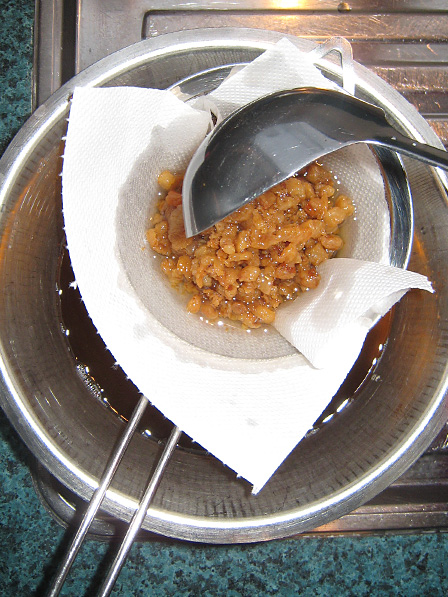On the 9th of August last year, I wrote a bit about what we were eating from the garden and vowed to look back and compare in one year’s time. Well, I’m a little late in sharing these observations, but here goes.
In early August this year, we were eating:
*Plenty of lettuce! varieties: winter, deer’s tongue, half century
*Arugula
*Mizuna
*Loads of dill, cilantro, parsley
*Sprouting broccoli
*Radishes: black spanish
*Yacon
*Swiss chard
*Collards
*Corn Salad
*Multiplying Spring Onions
*A few carrots (two varieties: white and orange)
Red cabbage, snow peas, broad beans, leeks, celery and turnips were still tantalisingly not quite ready!
We had run out of last year’s onions, but still had lots of garlic stored under the eaves of the house.

Young silverbeet
Overall, the list doesn’t look very different from last year’s. I think the main differences are in quantity. We had less corn salad, collards and yacon compared to last year, but more of everything else — especially salad greens and swiss chard.
Another key difference was in the “not quite ready” list. Last year’s August garden didn’t even inspire such a list. This year, several yummy vegetable treats were only weeks away. I tried sowing snow peas in autumn for an early spring crop, and that has worked very well.
Aims for next year:
Grow bigger crops of winter brassicas: collards, cabbages, broccoli
Grow bigger crops of carrots
Try growing daikon radish and beets as winter crops
